Your retirement income could come from one or more of many different sources. Perhaps it’s made up from a super drawdown, or part Age Pension entitlement, work income, share dividends, franking credits, interest on investments, rent from an investment property … the list goes on.
Or, you may be like Darren, who receives the bulk of his income from a Defined Benefit Pension (DBP). He recently asked us to explain the way a wider range of retirement income inputs might combine to create a reasonable retirement lifestyle. Here’s how we explained the way these different sources of retirement income work together.
Retiring with a Defined Benefit Pension
Defined benefit income streams aren’t as common as they once were. Decades ago, they were standard for many public servants and professionals, offering a regular income for life based on salary and years of service. However, these schemes posed significant financial risk for employers, who were essentially on the hook for making lifetime income payments. Over time, this has led to their gradual phase-out in favour of the accumulation-style superannuation where the investment and longevity risk sits with the individual.
If you’re retiring with a defined benefit income stream today, you’re part of a smaller group. These pensions are assessed differently for both tax and Centrelink purposes, so it’s worth taking the time to understand how they interact with your other retirement income sources – especially if you’re also eligible for the Age Pension or managing an Account-Based Pension.




